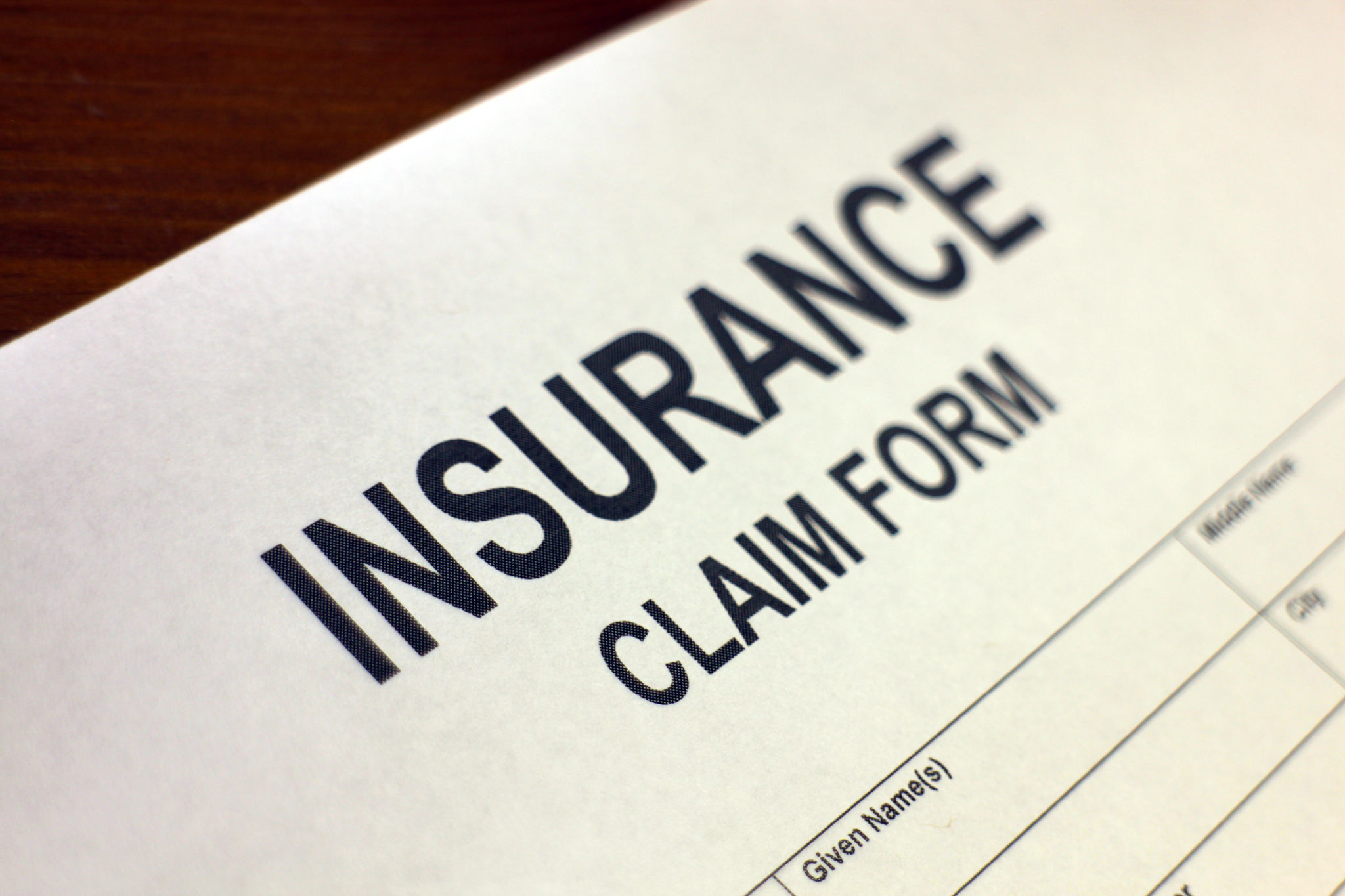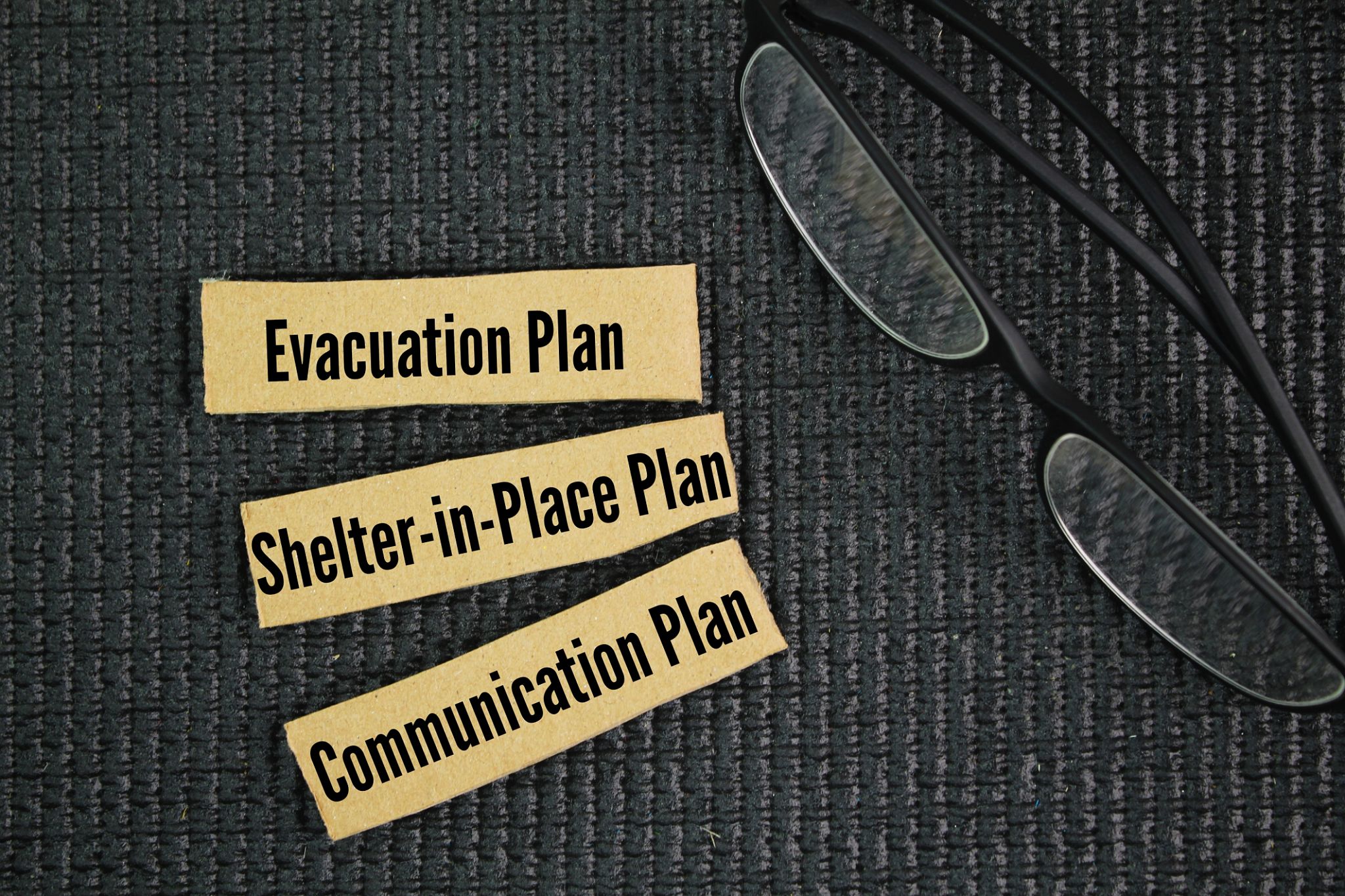How to File an Insurance Claim After a Texas Natural Disaster
MB
Understanding Your Insurance Policy
Filing an insurance claim after a natural disaster in Texas can be a daunting process. The first step is to thoroughly understand your insurance policy. Familiarize yourself with what is covered under your plan, including specifics regarding natural disasters such as floods, hurricanes, or tornadoes. Knowing your coverage will help you understand what compensation you might be entitled to.
Review the terms and conditions of your policy, paying close attention to any clauses that pertain to natural disasters. This knowledge will empower you to act swiftly and accurately when filing a claim.

Documenting the Damage
Once it is safe to do so, document all damages caused by the natural disaster. This includes taking photographs or videos of the affected areas and items. Make sure the images are clear and cover every aspect of the damage.
Keep a detailed inventory of damaged items, including descriptions, purchase dates, and estimated values. This documentation will be crucial when you file your claim, as it provides evidence of loss and helps in the assessment process.

Contacting Your Insurance Company
After documenting the damage, contact your insurance company as soon as possible. Many insurers have specific timeframes within which claims must be filed following a disaster. Provide them with all necessary information and be prepared to answer questions about the extent of the damage.
Request guidance on the next steps of the claim process and ask about any forms or additional documentation they might require. This critical communication can help streamline your claim process and prevent unnecessary delays.
Filing the Claim
When filing your claim, ensure that all forms are completed accurately and thoroughly. Incomplete or incorrect information can delay processing times or even lead to claim denial. Attach all supporting documents, including your damage inventory and photographs.

Meeting with the Insurance Adjuster
Your insurer may send an adjuster to assess the damage in person. Accompany the adjuster during their visit and provide them with any additional information they might need. Be clear and honest about the extent of the damage and show them the documentation you have gathered.
This meeting is an opportunity to clarify any uncertainties and ensure that all damage is accounted for in their report.
Following Up
After the adjuster's visit, stay in regular contact with your insurance provider. Follow up on the status of your claim and be responsive to any requests for further information. Keeping communication lines open will help expedite the process and keep you informed.

Understanding Your Settlement
Once your claim is processed, review the settlement offer carefully. Ensure that it covers all documented damages and aligns with your policy terms. If there are discrepancies or if you're unsatisfied with the offer, discuss your concerns with your insurer.
You may want to consult with a professional adjuster or attorney if you feel that your claim was not handled fairly or if there are complications in negotiations.
Preparing for Future Disasters
After experiencing a natural disaster, it's wise to prepare for future events. Evaluate your insurance policy to ensure it provides adequate coverage and consider adjustments if necessary.
Keep an emergency kit, document important items regularly, and stay informed about potential risks in your area to mitigate future losses effectively.

